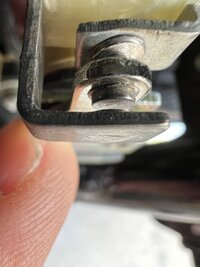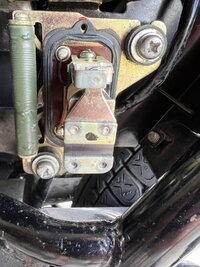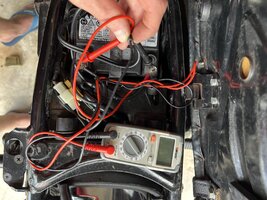75XSFLORIDA
XS650 Addict
Replacing the rotor and 15.4 volts now prove 1 thing. The old rotor was bad.
15.4 volts at the battery also proves you are not regulating the rotor correctly. 15+ volts will cook a battery.
Sounds like you have a wiring problem also.
I would check what the voltage is between the brown and black wires are at the regulator and between the brown at the regulator and ground at the battery post when the bike is running at 3000.
I wonder what the voltage on the brown wire @ the regulator plug is
I just checked the brown and black wire with the regulator plugged in at the regulator and I’m getting the same voltage when revving, 15 to 15.3. I then checked the brown wire to the ground on the battery and I’m getting the same reading, low 15’s….where are we now?




